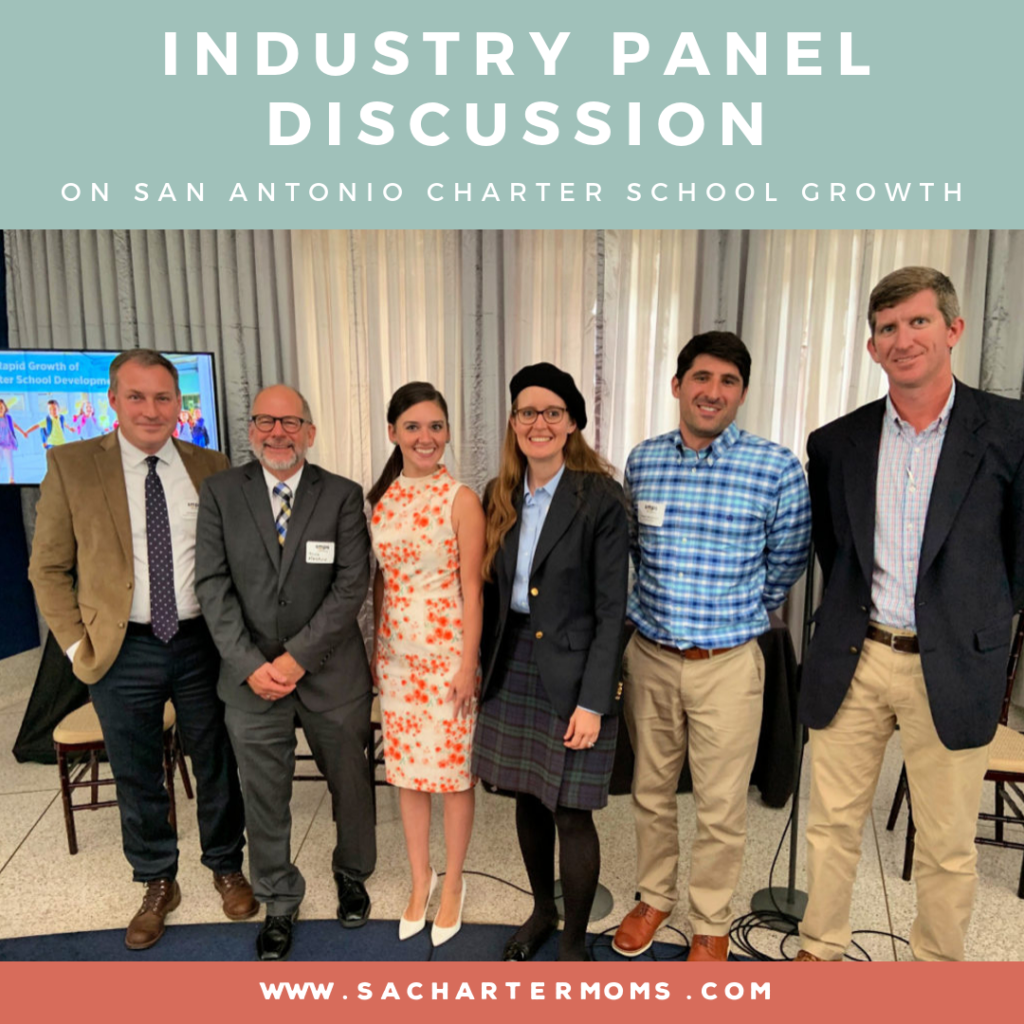
Businesses in the fields of architecture, engineering, and construction (AEC) have noticed the rapid growth of charter schools in San Antonio, Texas. A local AEC industry group, SMPS San Antonio, chose “The Rapid Growth of Charter School Development” as the topic for its September luncheon. I was a panelist and wanted to share highlights from the discussion.

Charter school growth impacts the AEC industry because these firms provide essential services for setting up new charter schools, including finding pieces of land to build new schools on, designing and building new schools, and renovating old buildings to serve as schools. Several SMPS San Antonio members at the luncheon have already been working with charter school partners, and more would like to get involved.
My role on the panel was to help explain the role of charter schools in our community and offer insight about future charter school development. The plan was for Chip Haass, CEO of Choose to Succeed, to moderate, but he stayed home to help take care of his newborn son. Instead, Nicole Morrissey, Program Director at Choose to Succeed, served as moderator for this group of panelists:
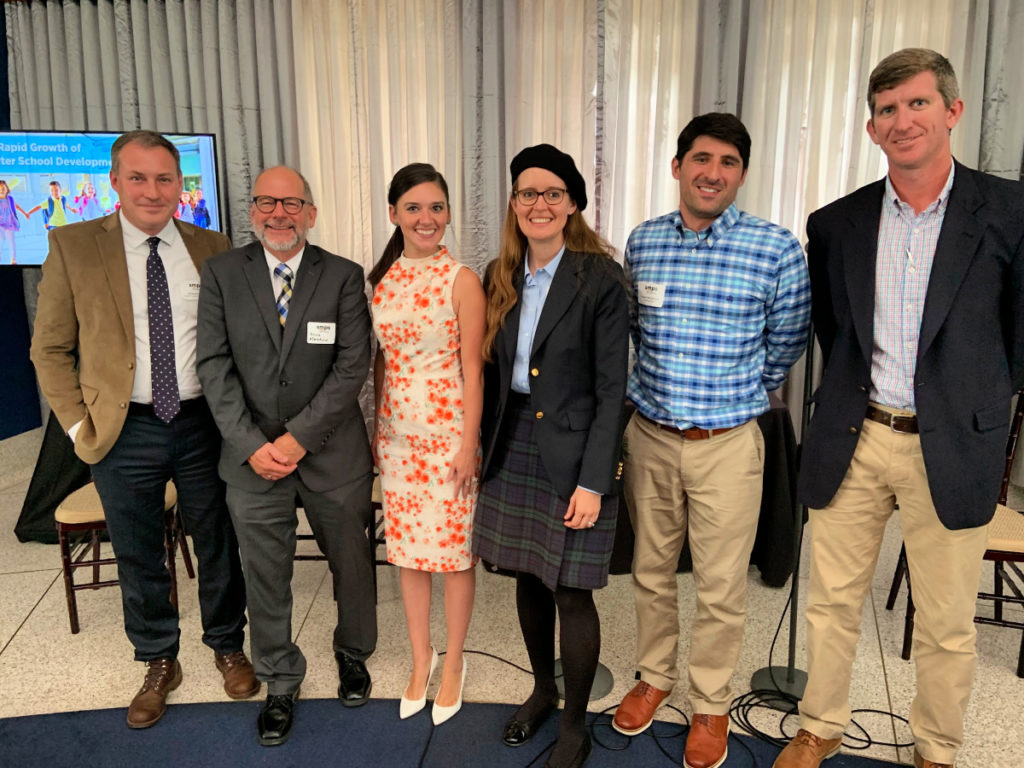
- Inga Cotton, Founder & Executive Director, San Antonio Charter Moms
- Andrew Freeman, Executive Director, BASIS Texas Charter Schools, Inc.
- Bruce Marchand, Director of Training and Charter School Development, Texas Charter Schools Association
- Shawn McCormack, Vice President—Western Region, Building Hope
- Bob Boone, Director of Real Estate, Building Hope
Nicole invited me to go first so I could present a few slides about charter school growth in San Antonio.
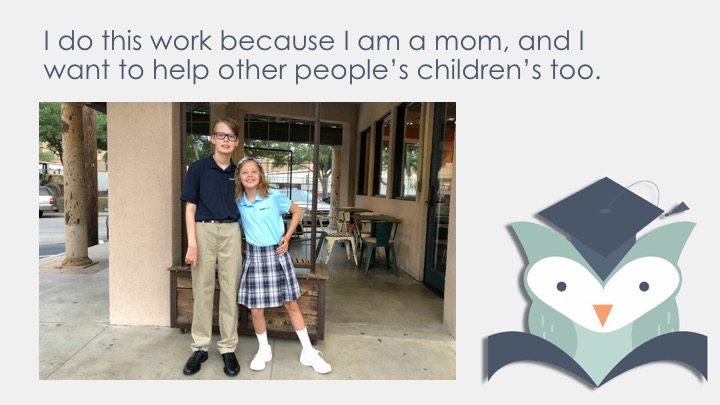
First, I explained that I do this work to help kids—for my own children and other people’s children, too.
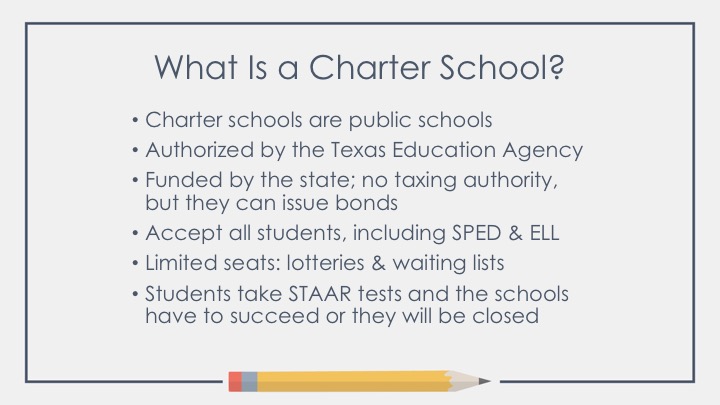
I provided some basic information about charter schools. This is similar to the information I share with groups of moms, too. The Texas Charter Schools Association (TCSA) has resources; you can also find information at the National Alliance for Public Charter Schools.
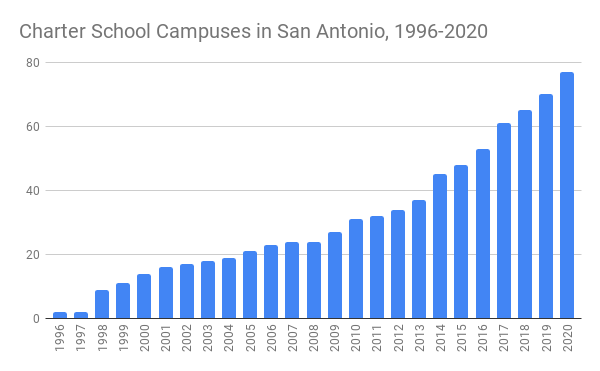
The growth of charter schools in San Antonio has been steady over the years. We put together a graph showing the number of open enrollment public charter school campuses operating in San Antonio each year since 1996. These numbers are slightly low—the data does not include campuses that are now closed, nor does it include in-district charter schools. For more growth data, see “The Charter Effect” from Texas Public Radio.
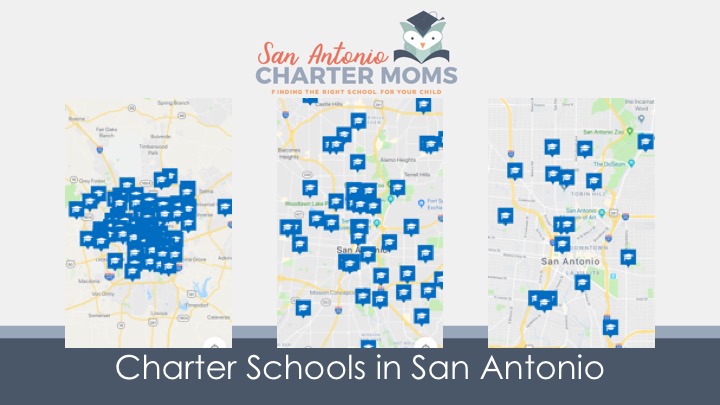
As a source of detailed information about the growth of charter schools in San Antonio, I recommended that SMPS San Antonio members download the San Antonio Charter Schools app. We developed it as a school finder for parents, but it can offer valuable insights about charter school development. The highest performing charter school networks (rated A or B) are also the ones that are most likely to grow, and the app allows users to filter by district rating—a handy lead-generation tool for AEC businesses.
After presenting my slides, I shared the microphone with the next panelist, Bruce Marchand. At TCSA, Bruce and his team help members with training and information to overcome challenges like finding facilities for new charter schools. They also assist prospective school founders, including the leaders of Promesa Academy, San Antonio Preparatory Charter School (SA Prep), and The Gathering Place—all opening in August 2020, with their applications to the Texas Education Agency. Bruce shared more information about recent changes to Texas public school finance: charter schools are receiving more money per student than they used to, but traditional public schools still receive more money for facilities.
As charter schools grow, they struggle to allocate enough money from their operating budgets to open new schools. In spite of the funding challenges, charter school networks are adding new campuses in 2020, including Compass Rose Academy at Port San Antonio, Great Hearts Live Oak, IDEA Converse, and IDEA Hidden Meadow.
Andy Freeman is the Executive Director of BASIS Texas Charter Schools, which has three campuses in San Antonio and has plans to expand. When Freeman looks at potential campus sites, he studies at a lot of factors, including details such as how the BASIS Charter Schools model assigns two teachers per classroom for grades K–3. Also, converting a middle school building into an elementary school requires a surprising amount of plumbing work for all those little toilets and sinks. BASIS Charter Schools has waiting lists of students who want to enroll, but it’s difficult to open schools quickly enough to meet the demand.
Building Hope is a national nonprofit that helps high-performing charter schools with services such as facility development, financing at below-market rates, and back-office business support. Shawn McCormack recommended that the AEC industry folks at the luncheon look up an important piece of research. The San Antonio Charter Landscape report from the Charter Support Unit breaks down San Antonio into zones. For each zone, the report offers maps of the location and quality of the traditional public schools and charter schools, summaries of demographic information, and facility cost estimates. Charter school networks, as well as AEC businesses, may want to look more closely at the report’s recommended areas for growth that have higher student populations and lower facility costs.
SMPS San Antonio chapter members had good questions for the panel. The mother of a charter school graduate—who wants to go back to his school and teach—asked about charter school funding and how that impacts teacher pay. Bruce and Andy explained that, after taking money out of their operating budgets to pay for facilities, charter schools often do not have enough funding to pay the same as traditional public school districts. Shawn said that, when looking at starting salaries, some charter schools are actually paying higher than traditional public school districts.
A retired service member asked how to make charter schools more accessible to military families. Seats at high quality charter schools fill up quickly—sometimes even before military families have a chance to apply. There is no easy solution, but we are going to talk with military family liaison staff to learn more.
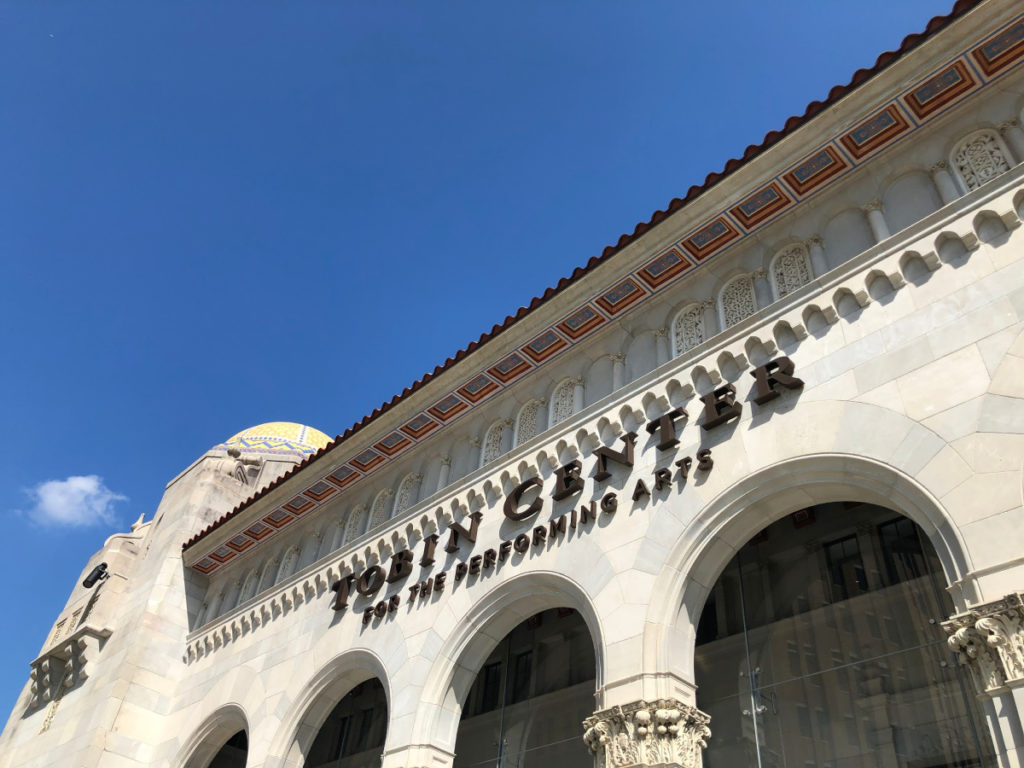
Special thanks to SMPS San Antonio Programs Director Erin Salinas, Business Development Manager Commercial & Public Works at KFW Engineers & Surveying, for coordinating the event, and SMPS San Antonio President Audra Allen, co-founder at Emerald Fox Marketing, for running the show while so many of her colleagues were in D.C. In case you were wondering, SMPS stands for Society for Marketing Professional Services; their members are reshaping our city in amazing ways.
